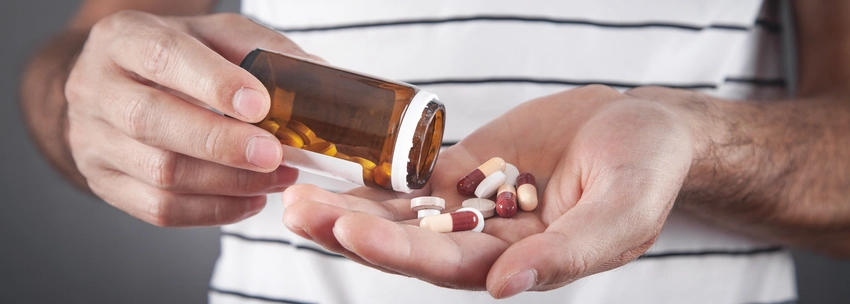Suboxone is a medicine that is frequently prescribed as part of a medication-assisted therapy (MAT) program for those suffering from a heroin or opiate painkiller addiction. Suboxone, when used as advised as part of an opioid addiction treatment plan, can be a safe and effective tool for promoting recovery. It includes buprenorphine and naloxone as active components.
Buprenorphine, a partial opioid agonist, inhibits opiate receptors and decreases cravings. The second component, naloxone, aids in the reversal of opioid effects. These medicines act together to prevent the withdrawal symptoms associated with opioid addiction.
Naloxone and Buprenorphine
Suboxone is available as a branded mixture of buprenorphine plus naloxone, an opioid antagonist. Although Suboxone was first thought to have a low misuse risk, the Food and Medicine Administration (FDA) cautions that this drug, even as a partial opioid agonist, has some abuse potential.
While safety precautions have been implemented, including using naloxone to deter efforts at abusing the medicine to get high, Suboxone addiction has been recorded throughout the United States.
According to the FDA, the long-term negative consequences of Suboxone usage and abuse can be substantial and harmful to physical and mental health. The hazards rise when Suboxone is used with other drugs, such as alcohol or sedatives. Suboxone usage over an extended period may result in physiological dependency, addiction, and even overdose.
How Does Suboxone Help?
Suboxone may be prescribed by your doctor if you are addicted to short-acting opioids such as heroin or prescription pain relievers. Suboxone is not generally prescribed for long-acting opioids. Many people instead take buprenorphine-only medication. Suboxone can be taken at various phases of therapy and provides a long-term solution for opioid addiction management. When used as part of a thorough rehabilitation strategy, the drug completely removes opiate cravings.

